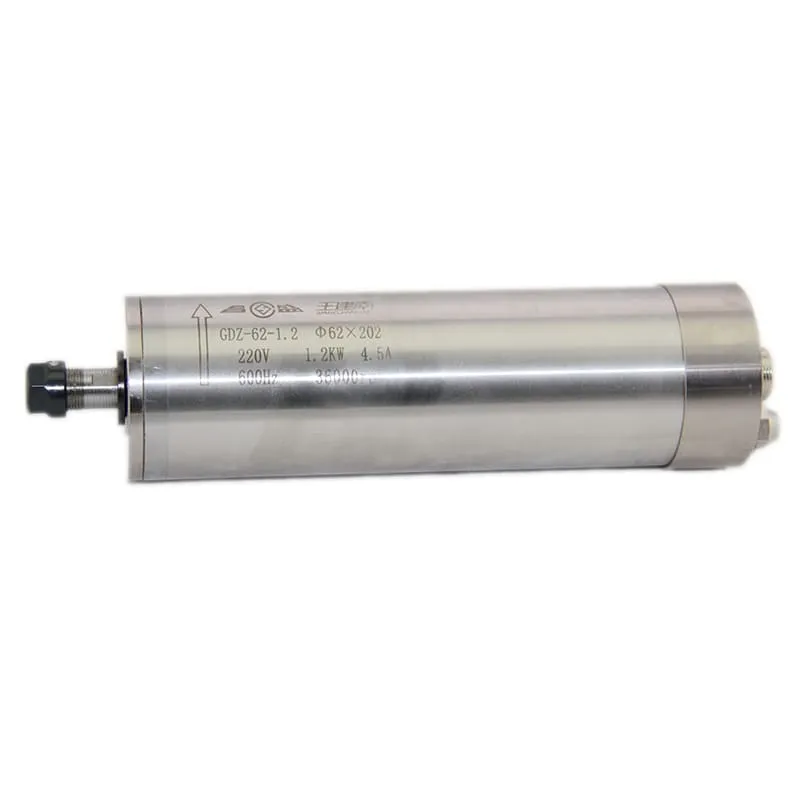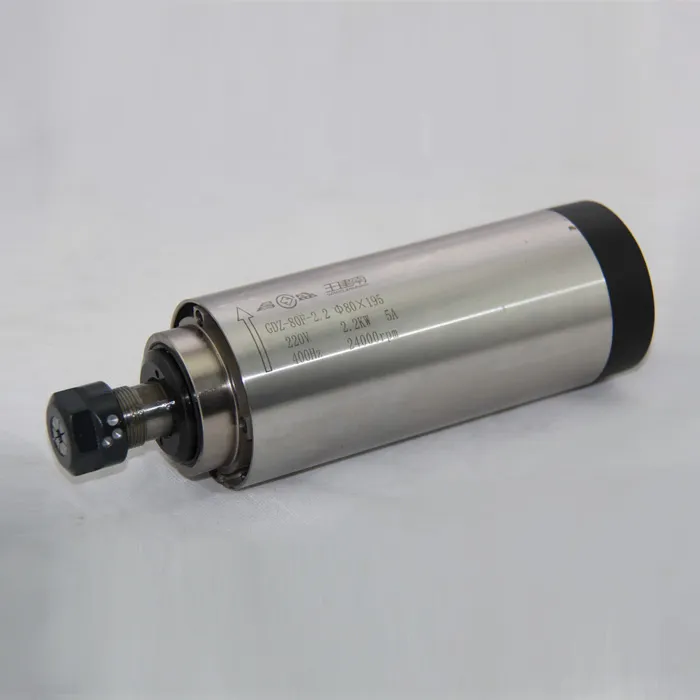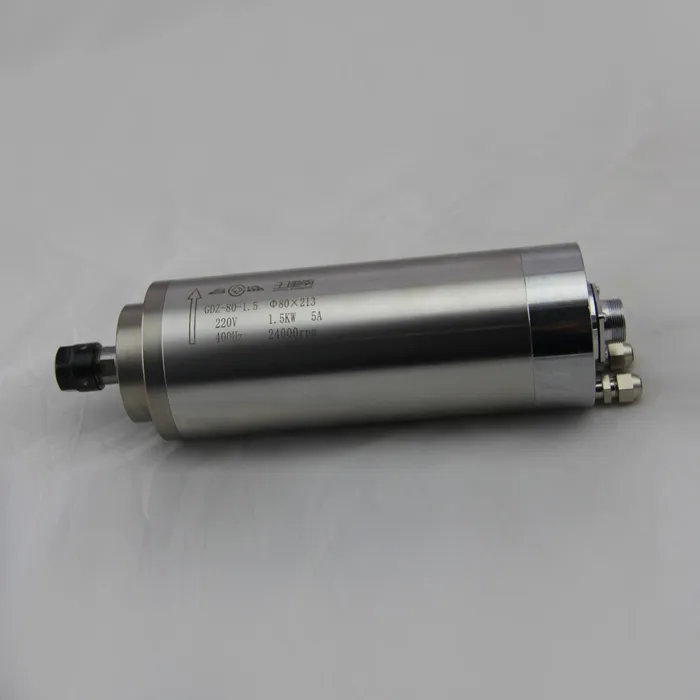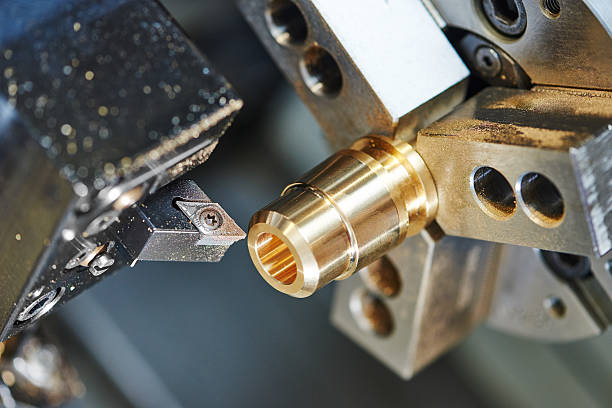How Much CFM Does a CNC Machine Use?
Compressed air is a crucial component in the operation of many CNC (Computer Numerical Control) machines. Understanding the air requirements, particularly the CFM (Cubic Feet per Minute) usage, is essential for setting up and maintaining an efficient CNC machining system. In this comprehensive guide, we’ll explore the factors that influence CFM consumption in CNC machines and provide you with the information you need to ensure your air compressor meets your machine’s demands.
Understanding CFM and Its Importance in CNC Machining
CFM, or Cubic Feet per Minute, is a measure of air volume flow. In the context of CNC machines, it represents the amount of compressed air the machine consumes during operation. Adequate CFM is crucial for various functions in CNC machining, including:
- Tool changes
- Spindle cooling
- Pneumatic clamping systems
- Chip blowing and removal
- Mist coolant systems
Ensuring your air compressor can deliver the required CFM is vital for the smooth and efficient operation of your CNC machine.
Factors Affecting CFM Usage in CNC Machines
Several factors influence the CFM requirements of a CNC machine:
1. Machine Size and Type
Larger CNC machines typically require more CFM than smaller ones. Different types of CNC machines also have varying air consumption needs:
- CNC Mills
- CNC Lathes
- CNC Routers
- CNC Plasma Cutters
2. Spindle Type and Power
The type and power of the spindle significantly impact CFM usage. For instance, a high-speed 60000RPM 1.2KW ER11 water-cooled spindle may require more CFM for cooling than a lower-speed air-cooled spindle.

A high-speed water-cooled spindle, which may require additional CFM for cooling
3. Tool Changing System
Automatic tool changers often use compressed air for operation, increasing the overall CFM requirements.
4. Coolant System
Mist coolant systems, which use compressed air to atomize coolant, can significantly increase CFM usage.
5. Pneumatic Components
CNC machines with numerous pneumatic components (e.g., clamps, valves, cylinders) will have higher CFM requirements.
Typical CFM Usage Ranges for CNC Machines
While CFM requirements can vary widely, here are some general ranges to consider:
| CNC Machine Type | Typical CFM Range |
|---|---|
| Small CNC Router | 3-5 CFM |
| Medium CNC Mill | 10-20 CFM |
| Large CNC Lathe | 20-40 CFM |
| Industrial CNC Machining Center | 30-60+ CFM |
It’s important to note that these are approximate ranges, and your specific machine’s requirements may differ.
Calculating CFM Requirements for Your CNC Machine
To accurately determine the CFM needs of your CNC machine, follow these steps:
- Consult the Machine’s Manual: The manufacturer’s specifications often include air consumption data.
- List All Air-Consuming Components: Identify all parts of your machine that use compressed air.
- Determine Individual CFM Needs: Calculate or estimate the CFM usage for each component.
- Account for Duty Cycle: Consider how often each component operates during a typical machining cycle.
- Sum Up Total CFM: Add up the CFM requirements of all components, considering their duty cycles.
- Add a Safety Margin: Include an additional 20-30% to account for leaks and future expansion.
The Impact of Spindle Choice on CFM Requirements
The choice of spindle can significantly affect your CNC machine’s CFM usage. For example:
- A 2.2KW ER20 air-cooled spindle may require less CFM for cooling compared to a water-cooled model.
- High-speed spindles often need more air for cooling and chip removal.

An air-cooled spindle, which may have different CFM requirements compared to water-cooled models
Optimizing Air Consumption in CNC Machines
To reduce CFM usage and improve efficiency, consider these tips:
- Regular Maintenance: Keep your machine well-maintained to prevent air leaks.
- Use Efficient Components: Opt for air-saving pneumatic components when possible.
- Optimize Programming: Efficient tool paths and machining strategies can reduce air consumption.
- Consider Alternative Cooling Methods: In some cases, alternatives to compressed air cooling may be more efficient.
The Role of Air Quality in CNC Machining
While CFM is crucial, air quality is equally important. Clean, dry air helps prevent:
- Tool wear
- Contamination of workpieces
- Damage to pneumatic components
Investing in proper air filtration and drying systems can protect your CNC machine and improve overall performance.
Selecting the Right Air Compressor for Your CNC Machine
When choosing an air compressor for your CNC machine, consider:
- CFM Output: Ensure it meets or exceeds your calculated requirements.
- Pressure (PSI): Most CNC machines operate at 90-100 PSI.
- Duty Cycle: Choose a compressor that can run continuously if needed.
- Noise Level: Consider a quiet compressor for shop environments.
- Air Quality Features: Look for built-in filtration and drying capabilities.
The Impact of Environment on CFM Requirements
Environmental factors can affect your CNC machine’s air consumption:
- Temperature: Higher ambient temperatures may increase cooling needs.
- Humidity: High humidity levels can require more air for proper functioning of pneumatic components.
- Altitude: Machines operating at high altitudes may need compressors with higher CFM ratings.
Future Trends in CNC Machine Air Consumption
As CNC technology evolves, we’re seeing trends that may impact CFM requirements:
- Energy-Efficient Designs: Newer CNC machines are being designed with reduced air consumption in mind.
- Alternative Cooling Technologies: Some manufacturers are exploring alternatives to compressed air cooling.
- Smart Air Management Systems: Advanced systems that optimize air usage based on real-time needs.
Case Studies: Real-World CFM Usage in CNC Machining
Let’s look at some real-world examples of CFM usage in different CNC applications:
- Small Woodworking Shop: A hobbyist using a small CNC router with a 1.5KW ER11 water-cooled spindle reports an average CFM usage of 4-6 CFM.

A 1.5KW water-cooled spindle, commonly used in small to medium CNC applications
- Medium-Sized Machine Shop: A machine shop running multiple CNC mills with 3KW ER20 water-cooled spindles reports a total CFM requirement of 50-60 CFM for their entire operation.
- Large Manufacturing Facility: An industrial facility with several high-power CNC machining centers, each equipped with a 7.5KW ER32/40 water-cooling spindle, reports CFM usage of 100-150 CFM for their CNC department.
The Relationship Between CFM and Machine Productivity
Understanding the connection between CFM and productivity is crucial:
- Insufficient CFM: Can lead to slower tool changes, inadequate cooling, and reduced overall performance.
- Optimal CFM: Ensures smooth operation, consistent part quality, and maximum productivity.
- Excess CFM: While not directly harmful, it may indicate an oversized and inefficient compressed air system.
Troubleshooting CFM-Related Issues in CNC Machines
Common problems related to inadequate CFM include:
- Slow tool changes
- Inconsistent cutting performance
- Overheating spindles
- Inadequate chip removal
If you encounter these issues, it may be time to reassess your air compressor’s CFM output or check for system leaks.
FAQs
How do I know if my air compressor provides enough CFM for my CNC machine?
Monitor your machine’s performance during operation. If you notice slow tool changes, inadequate cooling, or poor chip removal, your compressor may not be providing sufficient CFM. You can also use an air flow meter to measure actual CFM output.
Can I use a smaller air compressor and just run it more often?
While it’s possible to use a smaller compressor, running it continuously can lead to overheating and premature wear. It’s generally better to choose a compressor that can comfortably meet your CFM needs without constantly running at maximum capacity.
How does the type of material being machined affect CFM requirements?
Materials that produce more chips or require more aggressive cutting may increase CFM needs for chip removal. Additionally, materials that generate more heat during machining may require more air for cooling purposes.
Is it better to have too much CFM or too little?
It’s generally better to have slightly more CFM than you need rather than too little. Excess capacity allows for future expansion and ensures your machine always has sufficient air. However, an extremely oversized system can be inefficient and costly to operate.
How often should I check my CNC machine’s air consumption?
It’s a good practice to monitor air consumption regularly, perhaps monthly or quarterly. Also, check whenever you make significant changes to your machining processes or add new air-consuming accessories to your CNC machine.
Conclusion
Understanding and properly managing the CFM requirements of your CNC machine is crucial for optimal performance, efficiency, and longevity. While the exact CFM needs can vary widely based on machine type, size, and specific components like spindles, a general range of 3-60+ CFM covers most CNC applications.
Remember that factors such as spindle type, cooling systems, and pneumatic components all play a role in determining your machine’s air consumption. Regular maintenance, efficient programming, and choosing the right components can help optimize your CFM usage.
When selecting an air compressor for your CNC machine, always err on the side of caution by choosing a model that slightly exceeds your calculated CFM needs. This ensures your machine has sufficient air supply even during peak demand periods and allows for future expansion.
By carefully considering your CNC machine’s CFM requirements and implementing the strategies discussed in this article, you can ensure smooth operation, maintain high productivity, and extend the life of your equipment. Whether you’re running a small woodworking shop or a large industrial facility, proper air management is key to successful CNC machining.

